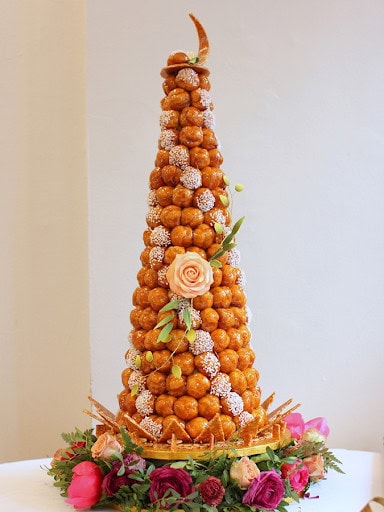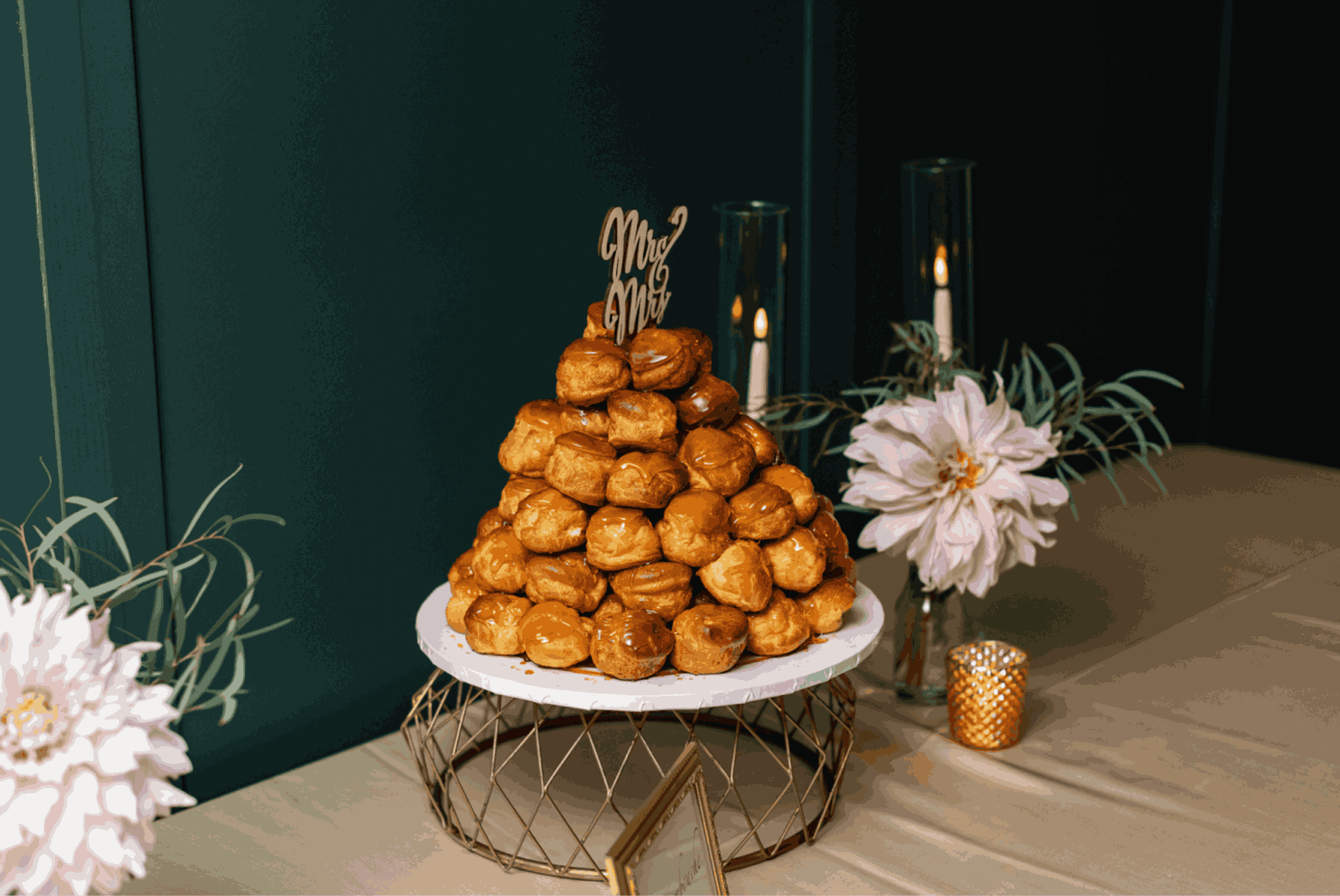It All Started with a Wedding
I got married in August of 2021, just a few weeks before the start of my third year as a Science Integration teacher for a Career and Technical Education school. It is widely known at school that I am a massive foodie, so my Culinary Arts students were excited to ask about what the food would be like at my wedding. I started to realize that my students were way more willing to chat about the benefits of a nutritionally balanced meal if I put it in the context of an authentic wedding menu compared to taking notes about %DV and RDA values. Students connected to the real-world applications of what they were learning, and they retained it more strongly because they had context. They were engaging with the content because they could see how it would apply to an actual client that they may have in the future. Little did I know that I would be handed the most impactful, real-world project on my actual wedding day!The Set-Up
Everything went exactly as planned. The weekend was magical, the ceremony was beautiful, blah blah blah….Even the food was delicious–I made extra sure of that! The one thing I was surprised by was our wedding cake. I’ll be honest–I don’t like cake. I especially hate fondant. So my husband and I had worked with a local baker who agreed to make us a croquembouche instead. A croquembouche is a traditional French wedding pastry made of dozens of cream puffs assembled into a tower and decorated with a cloud of golden sugar thread. Highly technical, very stuffy, and incredibly beautiful. They are show stoppers! So when it came time to cut our cake, I was a little more than disappointed when we were presented with this instead:
They are show stoppers! So when it came time to cut our cake, I was a little more than disappointed when we were presented with this instead:
 It’s giving… Dunkin Donut Glazed Munchkins. It’s giving…rough draft. What it’s not giving is $600 worth of French splendor. And frankly, my students could do better.
So they did.
It’s giving… Dunkin Donut Glazed Munchkins. It’s giving…rough draft. What it’s not giving is $600 worth of French splendor. And frankly, my students could do better.
So they did.
The Project
I presented my Culinary Arts cohort with the disaster that was my wedding cake. With all the unearned confidence of outraged teens, they insisted that they could–no they would–make me a better croquembouche, and they wouldn’t charge me $600 to do it. Never mind that they couldn’t pronounce “croquembouche”. They took on the challenge with righteous rage on my behalf. They spent a month learning the ins and outs of steam leavened choux pastry, starch, and egg-based thickeners, and sugar chemistry. They practiced their piping, broke more than a few thermometers, and then, they delivered a half dozen croquembouches to a panel of teachers and staff, Great British Bake-off style, the day before Christmas break, and I was vindicated. If that wasn’t reward enough, I got to witness my students learning to communicate as a team, struggling through setbacks, taking responsibility and ownership over the role they played in their group.When prospective students came around, that was the project my students used to convince people to join the program. The Croquembouche Challenge, as we now call it, has been a mainstay in my curriculum for three years now, and has become a project that students and staff alike look forward to around the winter holidays.About The Author
Dharini has been a science integration instructor at Capital Region BOCES for 5 years. During that time she has worked with the health professions, Culinary Arts, Criminal Justice, and Early Childhood Education programs to develop and implement science curriculum that is both professionally relevant and meets the NYS Science Learning Standards. Before joining CTE she taught 9th grade Living Environment for a PTECH program, as well as in several traditional high schools in the Capital Region. She is passionate about bringing real-world relevance to her instruction and strives to make connections between science and her students' lives and professions.


